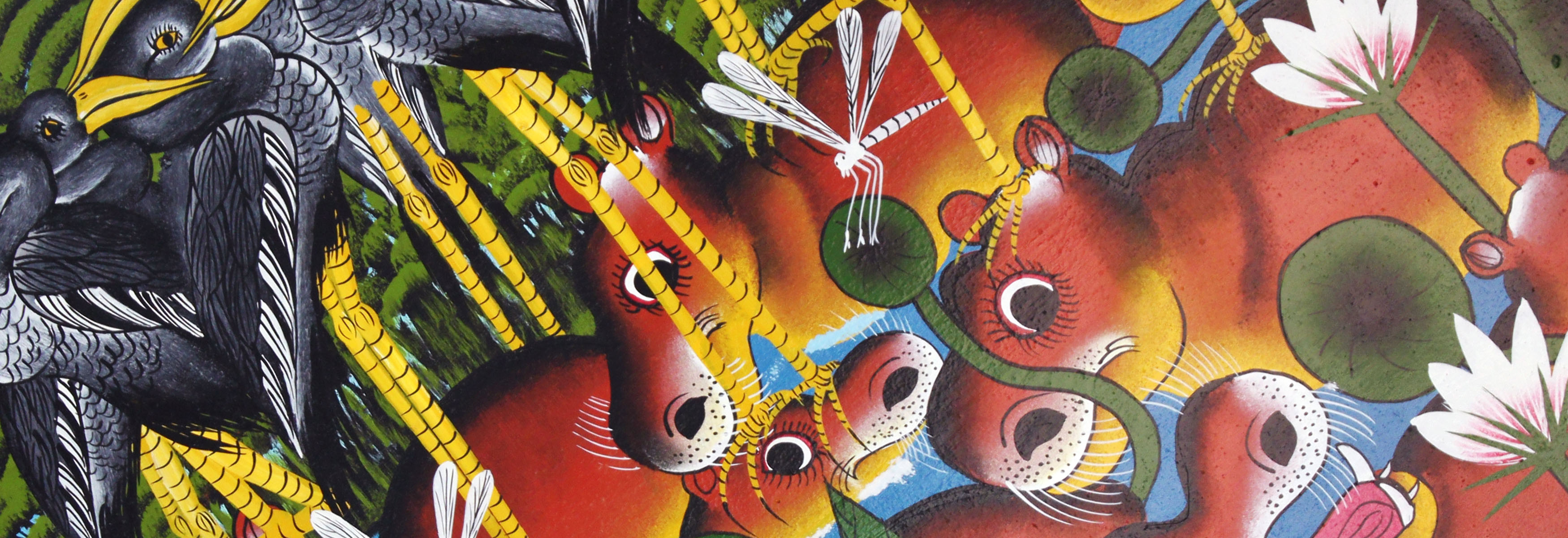The most memorable feature of Zanzibar houses are the spectacular carved Zanzibar doors. These Zanzibar doors signify the aspirations of their original owners, their socio-economic status, their ethnicity and customs. The greater the wealth and social position of the house owner, the larger and more elaborately carved their front door would be. Many of the Zanzibar doors have been carved with Arabic influences. The tradition originates from countries around the Persian Gulf and spread through Afghanistan to places like India in the first half of the 12th century. Although no two doors are the same, you can often clearly see where the influences of the carvers have come from. There are two main type of doors.
The “Arab Door” is wrapped in an intricately carved frame. The outermost strips are symbolic of the enslavement of evil spirits trying to force entry into the residence. The inner frames were often carved into almonds, lotus, and palm leaves and fish. Above the panels on the door is a frieze, which often contained the name of the owner and is usually carved with rosettes.
The Indian doors or Gujarati inspired doors are usually far simpler. They feature square panels with a thin, central carved post with foliage carvings. Typically, they were used for bazaar shops which often meant they had folding panels.
There are also hybrid versions of these wonderfully carved doors that are equally as impressive.
One of the greatest pleasure of visiting “the Stone Town” of Zanzibar is wandering the narrow streets and back alleys and uncovering the many hidden gems that the town has to offer.
What we aim to do is promote the work of these carvers in the modern day.



